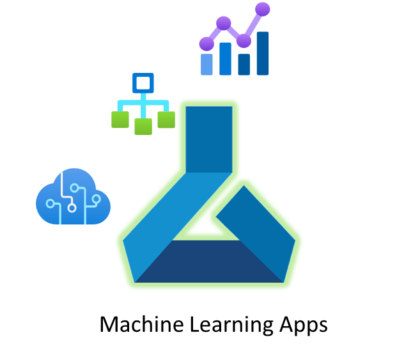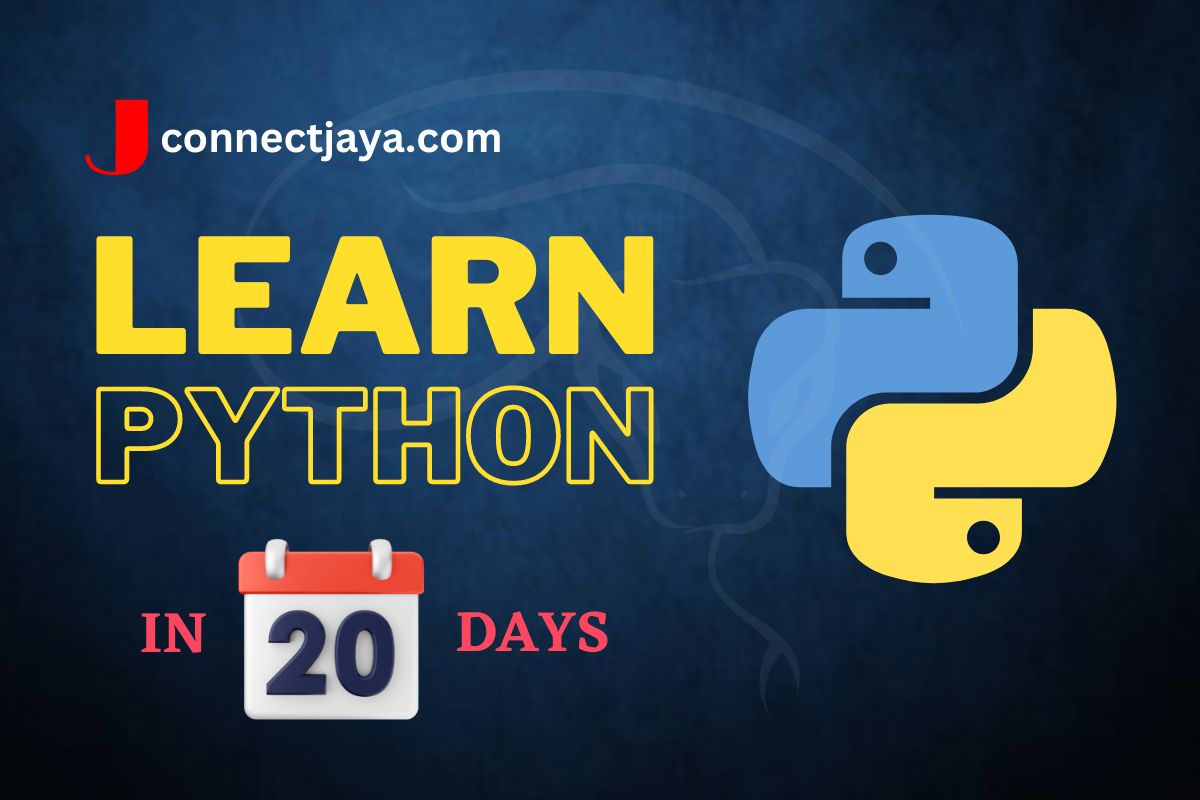Python is a high-level, interpreted programming language that is designed to be easy to read, write, and maintain. It was created in the late 1980s by Guido van Rossum and has since become one of the most popular programming languages in the world.
Table of Content
Module 1: Introduction to Python
- What is Python and why use it?
- Installation and setup of Python
- Getting started with the Python interpreter and running Python scripts
- Basic syntax and data types in Python
- Simple input/output operations in Python
Module 2: Control Structures
- Conditional statements (if/else)
- Loops (for/while)
- Using loops and conditional statements together
- Loop control statements (break/continue)
Module 3: Functions
- Introduction to functions
- Defining and calling functions
- Parameters and arguments
- Default and variable-length arguments
- Return values and the return statement
Module 4: Data Structures
- Lists and list manipulation
- Tuples and tuple manipulation
- Dictionaries and dictionary manipulation
- Sets and set manipulation
Module 5: File Handling
- Reading from and writing to files
- Text files vs binary files
- Opening and closing files
- File modes (read/write/append)
Module 6: Object-Oriented Programming (OOP)
- Introduction to OOP
- Classes and objects
- Inheritance and polymorphism
- Methods and attributes
- Encapsulation and abstraction
Module 7: Modules and Packages
- Introduction to modules and packages
- Importing modules and using module functions and variables
- Creating modules and packages
- Finding and installing external modules and packages
Module 8: Advanced Topics
- Decorators
- Generators
- Regular expressions
- Error handling (try/except)
- Multithreading and concurrency
Throughout the course, learners should be provided with hands-on exercises and projects to reinforce their understanding of the topics covered.
In addition to the course content, learners should also be encouraged to participate in online communities and forums, attend meetups, and work on personal projects to gain practical experience with Python.

Features of Python Programming
- Easy to learn: Python has a simple and easy-to-learn syntax, which makes it an ideal language for beginners.
- Open-source: Python is an open-source language, which means that it is free to use, distribute and modify.
- Platform-independent: Python can run on various platforms such as Windows, Mac, Linux, etc.
- Object-oriented programming (OOP): Python supports OOP concepts such as encapsulation, inheritance, and polymorphism.
- Large standard library: Python comes with a large standard library that includes modules for various purposes, such as web development, networking, database programming, and scientific computing.
- Dynamic typing: Python is dynamically typed, which means that you don’t need to declare the data type of a variable before using it.
- Interpreted language: Python is an interpreted language, which means that you can run Python code without compiling it.
- High-level language: Python is a high-level language, which means that it abstracts away low-level details such as memory management and allows developers to focus on solving the problem at hand.
- Extensible: Python can be extended by adding new modules or libraries written in other programming languages such as C or C++.
- Versatile: Python can be used for various purposes such as web development, data analysis, artificial intelligence, machine learning, and more.
Use of Python in Different Domains

Computer Vision
Computer vision is a field of computer science and artificial intelligence that focuses on teaching computers to interpret, analyze, and understand visual data from the world around us. It involves using algorithms, image processing, and deep learning models to recognize patterns and features in images and videos. Applications of computer vision can be found in various industries, including healthcare, manufacturing, transportation, and security.
Machine Learning App
A machine learning app is a software application that uses machine learning algorithms to analyze and learn from data, identify patterns, and make predictions or decisions without being explicitly programmed to do so. These apps often require large amounts of data to be trained and can be found in various industries, such as healthcare, finance, and marketing. Examples of machine learning apps include personalized healthcare apps, financial fraud detection apps, and chatbots.


Robotics
Robotics is a field of study that deals with the design, construction, and operation of robots. Robots are machines that are capable of carrying out a variety of tasks autonomously or with remote control. The field of robotics combines elements of mechanical engineering, electrical engineering, and computer science to create robots that can interact with the physical world and perform tasks that would be difficult or dangerous for humans.
Robots can be found in a variety of applications, including manufacturing, transportation, healthcare, agriculture, and entertainment.
Natural Language Processing
Natural Language Processing (NLP) is a subfield of computer science and artificial intelligence that focuses on enabling computers to understand and process human language. NLP uses computational techniques and algorithms to analyze and manipulate natural language data and is used in applications such as language translation, speech recognition, chatbots, and sentiment analysis.


5G Network Expansion
5G network expansion refers to the ongoing deployment and expansion of fifth-generation wireless networks across the world. 5G technology offers faster download and upload speeds, lower latency, and greater network capacity compared to previous generations of wireless technology.
5G network expansion involves installing new infrastructure, such as cell towers, small cells, and fiber optic cables, and upgrading existing infrastructure to support 5G technology.
Biometrics Apps
Biometrics apps are software applications that use biometric authentication methods to verify the identity of a user. Biometric authentication uses unique physical or behavioral characteristics of an individual to confirm their identities, such as fingerprints, facial recognition, voice recognition, and iris scans.


Augmented Reality/Virtual Reality
Augmented Reality (AR) and Virtual Reality (VR) are technologies that enable users to experience digital content in a more immersive way than traditional computing interfaces.
AR is a technology that overlays digital content, such as images, videos, or 3D models, onto the real-world environment. This is typically done using a camera and a device with a screen, such as a smartphone or a tablet. AR can be used for various applications, including gaming, education, and advertising.
Bitcoin/CryptoCurrency
Blockchain analysis: Python can be used to analyze blockchain data, such as transactions and addresses, to gain insights into the behavior of users and to detect potential fraud or anomalies.
Trading bots: Python can be used to develop trading bots that can automate the process of buying and selling cryptocurrency based on predefined rules and market


Drone Automation
Python is used in drone automation to program flight control algorithms, develop mission planning software, process and analyze images and data collected by the drone, and log sensor data. It is also used to develop software that allows remote control of the drone, including real-time video streaming and manual control of the drone’s movement. Python’s simplicity, readability, and large community support make it an ideal programming language for drone automation.

